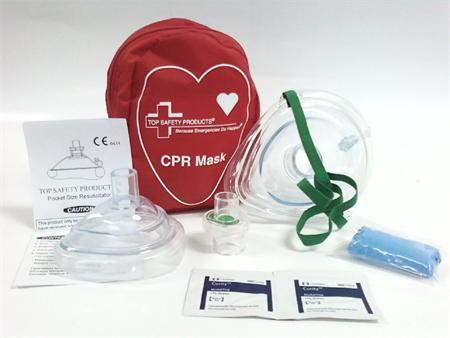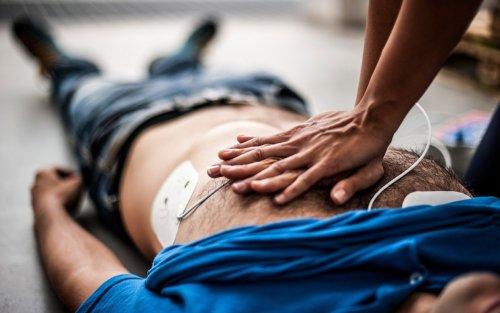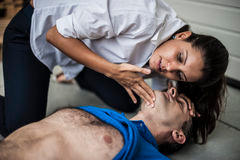Be Prepared in an Emergency Situation

When you are in an emergency situation, the first emotion you will definitely experience is - panic! That is normal. Who wouldn't? But the next step should be to help. All of us should know how to perform CPR, because this skill can save lives. If you have not taken a first aid course and would like to know about CPR, this is just the article for you.
CPR or cardiopulmonary resuscitation is a procedure that restores the circulation of oxygen-rich blood to the brain. So how will you know when to perform CPR? This is very simple. If the victim is no longer breathing or their heartbeat has stopped, then you know CPR is required. Please note, this is a guide for conducting CPR on adults only.
When performing CPR, always remember the simple acronym CAB: compressions, airway, and breathing.
When you find yourself in this situation, these are the steps you will need to follow:
 Step 1:
Step 1:
If you find the victim unresponsive, first call emergency services to send out an ambulance, then immediately return to the victim. (If you panic and hit a blank, you can ask the emergency services to provide you with instructions on how to perform CPR over the phone). However, if you suspect that the person is unresponsive because of suffocation (for example drowning), in this particular situation you should begin CPR for one full minute and then call emergency services.
Step 2: Compressions
You will have to start chest compressions if the victim is not moving, breathing or coughing. Using both hands, press down (about five to six centimeters) into the center of the chest, approximately 30 times. You will need to pump the chest and push hard at a rate of 100 to 120 compressions per minute.
Please note! If you have no CPR training whatsoever, you can continue chest compressions until the victim shows signs of movement or until the emergency services take over. However, if you have been trained in CPR, you can continue to step 3.
 Step 3: Airway
Step 3: Airway
You will need to open the victim's airway. To do this, place your hand on the victim's forehead and tilt the head back very slowly and gently. Use your other hand to slowly lift the victim's chin forward to ensure an open airway.
Step 4: Breathing
Before you begin, take no more than five to ten seconds to check if the victim is breathing. How? Look for breathing sounds, chest motion or place your face close to the victim's mouth to feel for their breath on your cheek.
Step 5:
Pinch the victim's nose and cover their mouth with your mouth and blow until you see their chest rise. Give two breaths; each one must be one second long.
There is no harm in being prepared. You never know when you may need to know these life-saving skills. We have a number of CPR kits available on Bob Shop, take a look if you are interested in learning more. When you feel afraid and hesitant because you fear your knowledge is not enough, just remember that it is far better to do something than to do nothing at all.